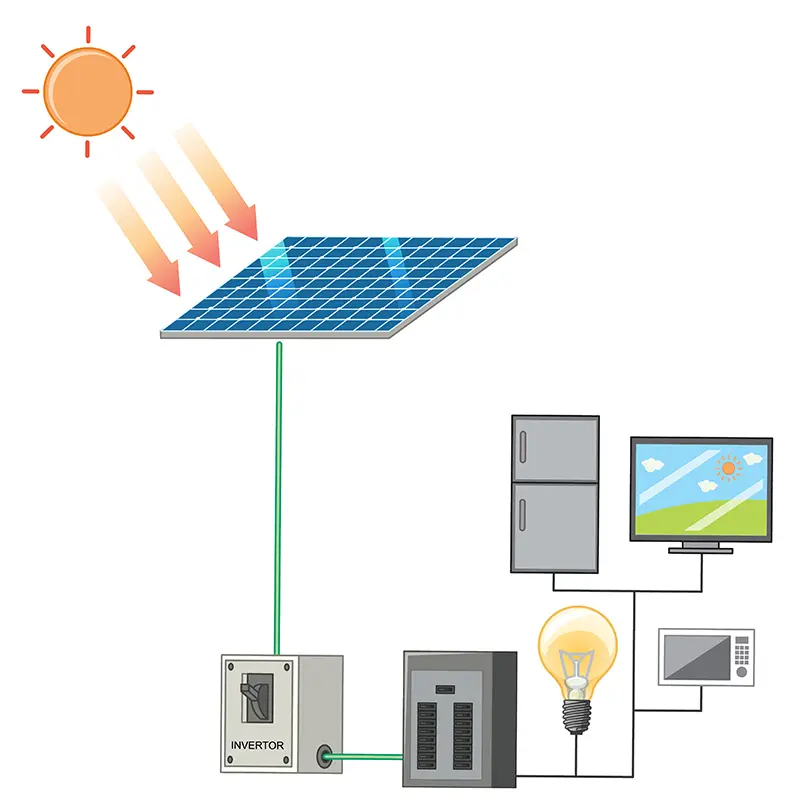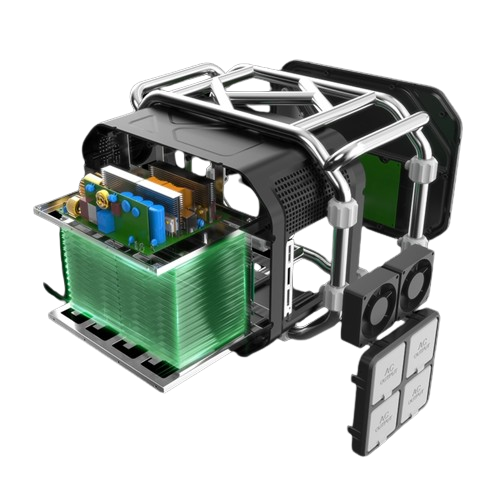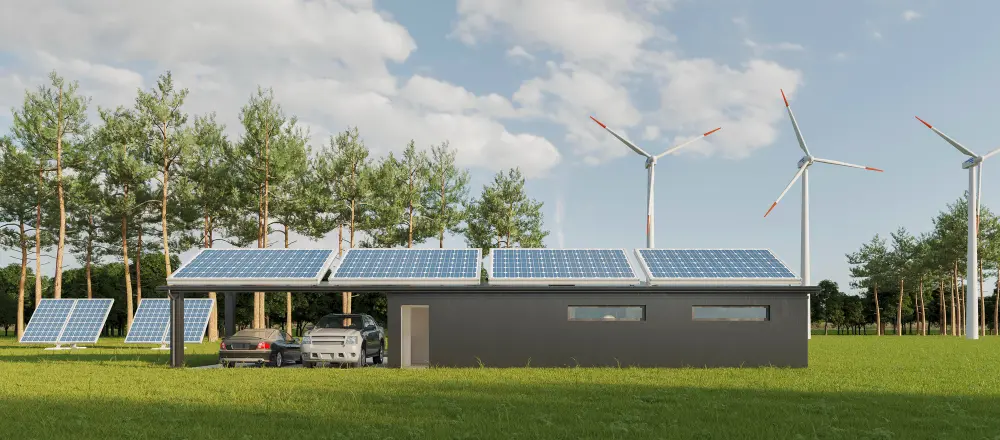Fortunately, you can build your own DIY solar generator with a few simple and affordable materials. In this comprehensive guide, we will walk you through the process of creating your own portable power station, step-by-step.

Understanding the Basics
Before diving into the construction process, it is crucial to have a good grasp of the fundamental components that make up a solar generator. A typical DIY solar generator consists of a solar panel, a charge controller, a battery, an inverter, and various connecting cables. The solar panel is responsible for collecting sunlight and converting it into electricity, while the charge controller regulates the voltage and current from the solar panel to charge the battery effectively. The battery stores the energy generated by the solar panel, while the inverter converts the stored DC (direct current) energy into usable AC (alternating current) power.

Selecting the Right Components
When it comes to building your own portable power station, the quality of the components you choose plays a significant role in the overall performance and reliability of the system. It is essential to source your materials from reputable suppliers to ensure durability and efficiency. Look for a portable power station manufacturer or factory that offers high-quality solar panels, charge controllers, batteries, and inverters. Additionally, consider the power output, dimensions, and weight of the components to ensure that they are suitable for a portable setup.
Designing the System Layout

Once you have gathered all the necessary components, the next step is to design the layout of your solar generator. Consider the space available for mounting the solar panel and positioning the battery and inverter. Aim to create a compact and portable setup that can be easily transported and deployed as needed. It is crucial to ensure that all components are securely fastened and protected from the elements, especially if the solar generator will be used in outdoor or off-grid settings.
Assembling the Solar Panel
The first step in building your DIY solar generator is assembling the solar panel. Start by connecting the solar cells together in a series or parallel arrangement, depending on the voltage and current requirements of the charge controller and battery. Once the solar cells are connected, mount them onto a sturdy backing material and encapsulate them with a transparent cover to protect them from dust, moisture, and physical damage. It is important to seal all the connections and edges to prevent water ingress and ensure long-term performance.
Installing the Charge Controller and Battery
After completing the solar panel assembly, the next step is to install the charge controller and battery. Connect the output of the solar panel to the input of the charge controller, and then connect the output of the charge controller to the battery. Ensure that all connections are tight and secure, and that the polarity is correct to prevent any damage to the components. Position the battery in a well-ventilated and weatherproof enclosure, and secure it in place to prevent movement during transportation or operation.
Connecting the Inverter
Once the solar panel, charge controller, and battery are in place, it is time to connect the inverter to complete the setup. Connect the positive and negative terminals of the battery to the corresponding terminals on the inverter, and then switch on the inverter to verify that it is functioning properly. As with the other components, ensure that the connections are secure and the polarity is correct to avoid any potential issues. Test the inverter with a small appliance or device to confirm that it is able to provide the required AC power output.
Testing and Troubleshooting
After assembling all the components of your DIY solar generator, it is crucial to thoroughly test the system to ensure that everything is working as intended. Use a multimeter to measure the voltage and current output of the solar panel, charge controller, and battery to confirm that they are within the expected ranges. Test the inverter with various loads to verify that it can handle the required power output without any issues. If you encounter any issues or inconsistencies during testing, troubleshoot the system by checking for loose connections, damaged components, or incorrect settings.
Optimizing Performance and Efficiency
To ensure that your DIY solar generator operates at peak performance and efficiency, consider implementing various optimization techniques. Position the solar panel in an area with maximum sunlight exposure and minimal shading to maximize energy harvesting. Implement a smart charging algorithm in the charge controller to extend the lifespan of the battery and improve charging efficiency. Additionally, periodically inspect and maintain all components to prevent any potential issues and prolong the overall service life of the system.
Safeguarding and Storage
When not in use, it is essential to safeguard your DIY solar generator and store it properly to avoid damage and deterioration. Protect the solar panel from harsh weather conditions by covering it with a weatherproof material or storing it in a protective case. Disconnect the battery from the charge controller and inverter and store it in a cool, dry place to prevent self-discharge and degradation. Periodically inspect the entire system for signs of wear and tear, and address any issues promptly to maintain the performance and reliability of the portable power station.
Conclusion
In conclusion, building your own DIY solar generator is a rewarding and cost-effective way to create a reliable and sustainable power source. By carefully selecting high-quality components and following the construction process step-by-step, you can create a portable power station that meets your energy needs, whether for camping, boating, off-grid living, or emergency backup. With proper maintenance and care, your DIY solar generator can provide clean and renewable energy for years to come.





